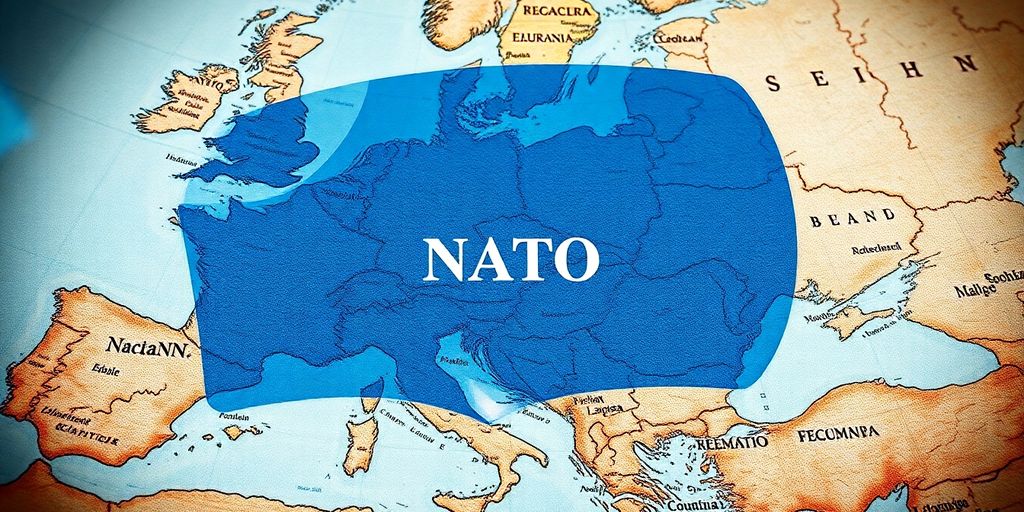In a recent social media post, Russia’s Foreign Ministry criticized NATO for its military actions in Yugoslavia, claiming that the alliance’s aggression remains unresolved. However, the ministry’s accompanying image, purportedly from the Yugoslav conflict, was actually taken in Baghdad during the 2003 invasion of Iraq, raising questions about the accuracy of their claims.
Key Takeaways
- Russia’s Foreign Ministry posted a critique of NATO’s actions in Yugoslavia.
- The image used in the post was misidentified; it was from Baghdad, not Yugoslavia.
- The incident highlights ongoing tensions between Russia and NATO regarding historical military interventions.
Background of NATO’s Intervention in Yugoslavia
The NATO bombing campaign in Yugoslavia began on March 24, 1999, and was primarily aimed at stopping the humanitarian crisis in Kosovo. The operation was controversial and has been a point of contention in international relations ever since.
- Key Events of the NATO Campaign:
- Start Date: March 24, 1999
- Duration: 78 days
- Objective: To halt ethnic cleansing and human rights violations in Kosovo
- Outcome: Led to the withdrawal of Yugoslav forces from Kosovo and the establishment of a UN-administered province.
The Misleading Image
In the recent post, the Russian Foreign Ministry shared an image that they claimed depicted the aftermath of NATO’s bombing in Yugoslavia. However, fact-checkers quickly identified the image as one taken in Baghdad on March 21, 2003, during the U.S.-led invasion of Iraq.
- Details of the Image Misattribution:
- Date of Image: March 21, 2003
- Location: Baghdad, Iraq
- Context: The image shows destruction from the initial stages of the Iraq War, not the Yugoslav conflict.
Implications of the Miscommunication
This incident underscores the complexities of historical narratives in international politics. By misrepresenting the image, the Russian Foreign Ministry not only misleads the public but also attempts to frame NATO’s actions in a negative light, which can influence public perception and diplomatic relations.
- Potential Consequences:
- Erosion of trust in official communications from the Russian government.
- Increased scrutiny of historical claims made by state actors.
- Possible diplomatic fallout as NATO member states respond to the misrepresentation.
Conclusion
The misattribution of the image by Russia’s Foreign Ministry serves as a reminder of the importance of accuracy in historical discourse, especially in the context of ongoing geopolitical tensions. As nations continue to navigate their past actions and their implications, the need for factual representation becomes ever more critical. This incident not only reflects on Russia’s narrative regarding NATO but also highlights the broader challenges of historical memory in international relations.






